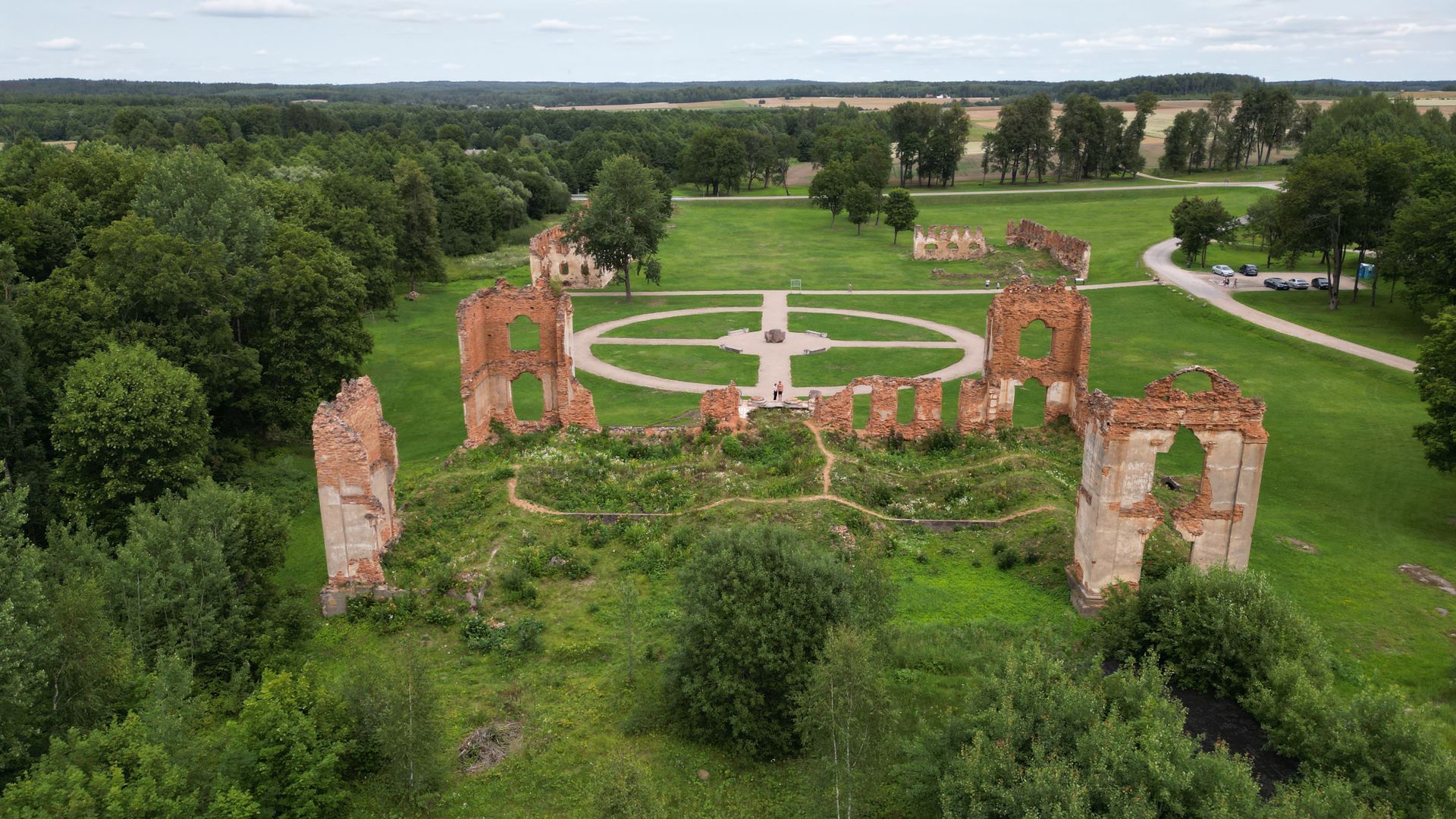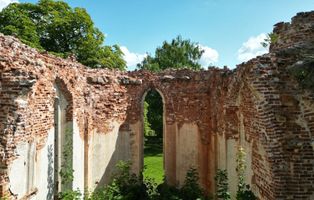
4.5
14 rates
5
4
3
2
1
14 rates
4.5
Republic of Paulava (Former Merkinė Manor)
35
Photo
© trip.lt
35
19 people was here
0 reviews
Paulava Republic is within arm's reach from Vilnius, just a few dozen kilometers in the direction of Šalčininkai district, near the Merkys River. Here, the remnants of once magnificent manors, stables, and other buildings can still be found. The entire territory of the republic covered approximately 3,000 hectares. It was a kind of state within a state, with its own laws, currency, coat of arms, and flag. However, Paulava had to endure numerous trials, from conflicts and attacks to fires.
In 1767, the estate was purchased by Vilnius canon Povilas Bžostovskis, who implemented significant reforms. When he acquired the estate, the land was neglected, and there were few people living in the vicinity, semi-serfs struggling to make a living. In 1770, Italian architect Carlo Spampani built early Italian neoclassical-style manors here. At the same time, the landlord began to educate the peasants and steer them away from alcoholism. He formed a council of the four more prominent farmers, granted the villagers a statute and self-government, and established the Republic of Paulava. This unique experiment attracted the interest of nobles, bishops, princes, intellectuals, and foreigners. Even professors from Vilnius University used to visit here. In the early years after World War II, the manors were still intact. They housed a collective farm, and grains were stored in the buildings. Now, Paulava has become a place of interest for curious visitors and tourists. The territory has been landscaped, and fragments of the former buildings still stand. Paths have been laid, and a monument has been erected in memory of the Paulava Republic.
Loading...
Loading...
RELATED ROUTES
©2025 trip.lt


